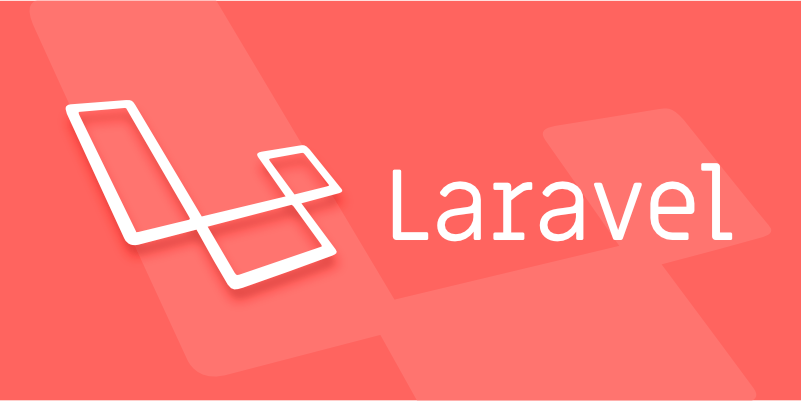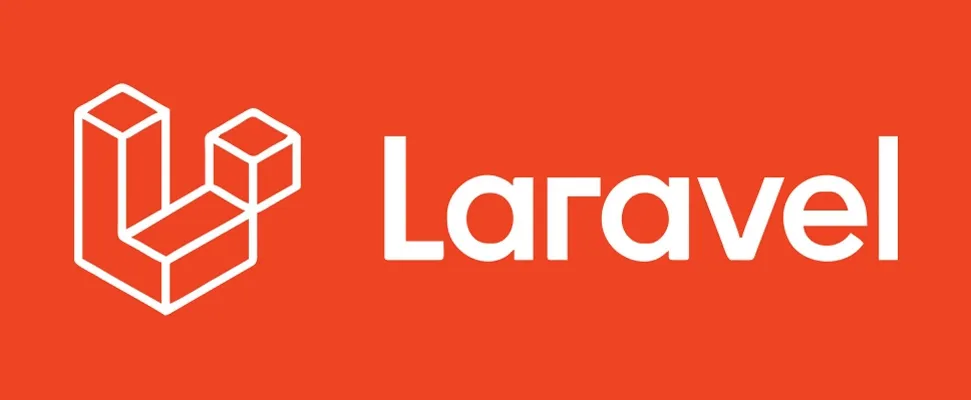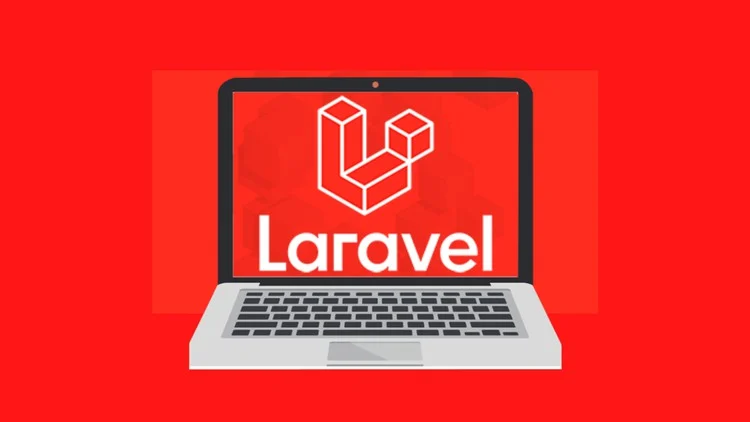Laravel provides a variety of built-in security mechanisms to protect against common vulnerabilities. 1. Prevent CSRF attacks: Laravel enables CSRF protection by default, verify the source of requests through the _token field in the form. It is recommended to use the @csrf directive to automatically add tokens. Sanctum or Passport should be used in API or front-end separation projects for authentication, and avoid closing VerifyCsrfToken middleware; 2. Encrypt passwords with Bcrypt: Laravel uses Bcrypt to encrypt user passwords by default. It is recommended to use Hash::make() method when registering or modifying passwords. Login verification is recommended to use Auth facade to automatically handle. Password fields should not be set to be batch-assignable, and other sensitive data can be encrypted by Crypt service; 3. Prevent SQL injection and XSS attacks: Eloquent ORM and query builders prevent SQL by default Injection, try to avoid splicing original SQL. If you want to use parameter binding, the {{ }} of the Blade template automatically escapes HTML. When outputting untrusted content, use {!!!} with caution and clean up user input; 4. Use middleware to control access: use auth middleware to restrict login access. Custom middleware can combine Policy and Gate to achieve fine-grained permission control, or middleware can be added uniformly in the controller or routing file.

Laravel provides many built-in security mechanisms that can help developers avoid common security vulnerabilities. But relying on the framework itself is not enough, and these functions need to be properly configured and used.

1. Prevent CSRF attacks (Cross-Site Request Forgery)
Laravel enables CSRF protection mechanism by default. It verifies that the request comes from a legitimate source by inserting a hidden _token field in each form.
- Every time you submit a request such as POST, PUT, DELETE, etc., you need to bring this token.
- If you are using the Blade template and use the
@csrfdirective, this token will be automatically added. - When writing API interfaces or front-end separation projects, remember to use Sanctum or Passport to manage token authentication instead of turning off CSRF completely.
In order to facilitate testing, some developers directly turn off VerifyCsrfToken middleware, which will leave a security risk after it is launched, and this practice should be avoided.

2. Encrypt password using Bcrypt
Laravel uses Bcrypt to encrypt user passwords by default, rather than plaintext storage.
- When registering or modifying passwords, it is recommended to use
Hash::make()method. - When logging in to verify, use
Authfacade to automatically handle the comparison logic, and do not write the comparison code yourself. - Do not set the password field to mass assignable to prevent accidental overwrites.
In addition, if you need to encrypt other sensitive data (such as ID number and mobile phone number), you can consider using Laravel's encryption service Crypt , which is based on OpenSSL and AES-256-CBC.

3. Prevent SQL injection and XSS attacks
Laravel's Eloquent ORM and query builder have already performed parameter binding processing by default to effectively prevent SQL injection.
Try to use Eloquent or query constructor to operate the database to avoid splicing the original SQL.
-
If you must use native SQL, use parameter binding to pass the value, for example:
DB::select('select * from users where id = ?', [1]);
For XSS (cross-site scripting attack), the double curly braces {{ }} in the Blade template have been automatically escaped.
- If you need to output HTML content, be sure to make sure the content is trustworthy when using
{!! !!}, otherwise it is easy to introduce risks. - For content submitted by users, such as comments, introductions and other fields, it is best to clean up before displaying it. A library like
HTML Purifiercan be used.
4. Use middleware to control access rights
Laravel provides a flexible middleware system that can be used to restrict access to certain pages or interfaces.
- A common practice is to restrict only logged-in users to access certain routes through
authmiddleware. - You can customize middleware to check role permissions, such as administrators can access the background.
- Combining Policy and Gate allows for finer granular permission control.
For example, you can restrict a controller to be accessed only by authenticated users in this way:
public function __construct()
{
$this->middleware('auth');
}Or add middleware to the routing file:
Route::middleware(['auth'])->group(function () {
Route::get('/dashboard', [DashboardController::class, 'index']);
});Basically these common but practical safety measures. Laravel has laid the foundation for you, the key is how you use it.
The above is the detailed content of Common Security Measures in Laravel.. For more information, please follow other related articles on the PHP Chinese website!

Hot AI Tools

Undress AI Tool
Undress images for free

Undresser.AI Undress
AI-powered app for creating realistic nude photos

AI Clothes Remover
Online AI tool for removing clothes from photos.

Clothoff.io
AI clothes remover

Video Face Swap
Swap faces in any video effortlessly with our completely free AI face swap tool!

Hot Article

Hot Tools

Notepad++7.3.1
Easy-to-use and free code editor

SublimeText3 Chinese version
Chinese version, very easy to use

Zend Studio 13.0.1
Powerful PHP integrated development environment

Dreamweaver CS6
Visual web development tools

SublimeText3 Mac version
God-level code editing software (SublimeText3)

Hot Topics
 How to set environment variables in PHP environment Description of adding PHP running environment variables
Jul 25, 2025 pm 08:33 PM
How to set environment variables in PHP environment Description of adding PHP running environment variables
Jul 25, 2025 pm 08:33 PM
There are three main ways to set environment variables in PHP: 1. Global configuration through php.ini; 2. Passed through a web server (such as SetEnv of Apache or fastcgi_param of Nginx); 3. Use putenv() function in PHP scripts. Among them, php.ini is suitable for global and infrequently changing configurations, web server configuration is suitable for scenarios that need to be isolated, and putenv() is suitable for temporary variables. Persistence policies include configuration files (such as php.ini or web server configuration), .env files are loaded with dotenv library, and dynamic injection of variables in CI/CD processes. Security management sensitive information should be avoided hard-coded, and it is recommended to use.en
 How to make PHP container support automatic construction? Continuously integrated CI configuration method of PHP environment
Jul 25, 2025 pm 08:54 PM
How to make PHP container support automatic construction? Continuously integrated CI configuration method of PHP environment
Jul 25, 2025 pm 08:54 PM
To enable PHP containers to support automatic construction, the core lies in configuring the continuous integration (CI) process. 1. Use Dockerfile to define the PHP environment, including basic image, extension installation, dependency management and permission settings; 2. Configure CI/CD tools such as GitLabCI, and define the build, test and deployment stages through the .gitlab-ci.yml file to achieve automatic construction, testing and deployment; 3. Integrate test frameworks such as PHPUnit to ensure that tests are automatically run after code changes; 4. Use automated deployment strategies such as Kubernetes to define deployment configuration through the deployment.yaml file; 5. Optimize Dockerfile and adopt multi-stage construction
 What is Configuration Caching in Laravel?
Jul 27, 2025 am 03:54 AM
What is Configuration Caching in Laravel?
Jul 27, 2025 am 03:54 AM
Laravel's configuration cache improves performance by merging all configuration files into a single cache file. Enabling configuration cache in a production environment can reduce I/O operations and file parsing on each request, thereby speeding up configuration loading; 1. It should be enabled when the application is deployed, the configuration is stable and no frequent changes are required; 2. After enabling, modify the configuration, you need to re-run phpartisanconfig:cache to take effect; 3. Avoid using dynamic logic or closures that depend on runtime conditions in the configuration file; 4. When troubleshooting problems, you should first clear the cache, check the .env variables and re-cache.
 How to develop AI intelligent form system with PHP PHP intelligent form design and analysis
Jul 25, 2025 pm 05:54 PM
How to develop AI intelligent form system with PHP PHP intelligent form design and analysis
Jul 25, 2025 pm 05:54 PM
When choosing a suitable PHP framework, you need to consider comprehensively according to project needs: Laravel is suitable for rapid development and provides EloquentORM and Blade template engines, which are convenient for database operation and dynamic form rendering; Symfony is more flexible and suitable for complex systems; CodeIgniter is lightweight and suitable for simple applications with high performance requirements. 2. To ensure the accuracy of AI models, we need to start with high-quality data training, reasonable selection of evaluation indicators (such as accuracy, recall, F1 value), regular performance evaluation and model tuning, and ensure code quality through unit testing and integration testing, while continuously monitoring the input data to prevent data drift. 3. Many measures are required to protect user privacy: encrypt and store sensitive data (such as AES
 How to build a content payment platform through PHP How to implement PHP paid reading system
Jul 25, 2025 pm 06:30 PM
How to build a content payment platform through PHP How to implement PHP paid reading system
Jul 25, 2025 pm 06:30 PM
To build a PHP content payment platform, it is necessary to build a user management, content management, payment and permission control system. First, establish a user authentication system and use JWT to achieve lightweight authentication; second, design the backend management interface and database fields to manage paid content; third, integrate Alipay or WeChat payment and ensure process security; fourth, control user access rights through session or cookies. Choosing the Laravel framework can improve development efficiency, use watermarks and user management to prevent content theft, optimize performance requires coordinated improvement of code, database, cache and server configuration, and clear policies must be formulated and malicious behaviors must be prevented.
 PHP development user permission management monetization PHP permission control and role management
Jul 25, 2025 pm 06:51 PM
PHP development user permission management monetization PHP permission control and role management
Jul 25, 2025 pm 06:51 PM
User permission management is the core mechanism for realizing product monetization in PHP development. It separates users, roles and permissions through a role-based access control (RBAC) model to achieve flexible permission allocation and management. The specific steps include: 1. Design three tables of users, roles, and permissions and two intermediate tables of user_roles and role_permissions; 2. Implement permission checking methods in the code such as $user->can('edit_post'); 3. Use cache to improve performance; 4. Use permission control to realize product function layering and differentiated services, thereby supporting membership system and pricing strategies; 5. Avoid the permission granularity is too coarse or too fine, and use "investment"
 How to use PHP combined with AI to analyze video content PHP intelligent video tag generation
Jul 25, 2025 pm 06:15 PM
How to use PHP combined with AI to analyze video content PHP intelligent video tag generation
Jul 25, 2025 pm 06:15 PM
The core idea of PHP combining AI for video content analysis is to let PHP serve as the backend "glue", first upload video to cloud storage, and then call AI services (such as Google CloudVideoAI, etc.) for asynchronous analysis; 2. PHP parses the JSON results, extract people, objects, scenes, voice and other information to generate intelligent tags and store them in the database; 3. The advantage is to use PHP's mature web ecosystem to quickly integrate AI capabilities, which is suitable for projects with existing PHP systems to efficiently implement; 4. Common challenges include large file processing (directly transmitted to cloud storage with pre-signed URLs), asynchronous tasks (introducing message queues), cost control (on-demand analysis, budget monitoring) and result optimization (label standardization); 5. Smart tags significantly improve visual
 Explain Laravel Eloquent Scopes.
Jul 26, 2025 am 07:22 AM
Explain Laravel Eloquent Scopes.
Jul 26, 2025 am 07:22 AM
Laravel's EloquentScopes is a tool that encapsulates common query logic, divided into local scope and global scope. 1. The local scope is defined with a method starting with scope and needs to be called explicitly, such as Post::published(); 2. The global scope is automatically applied to all queries, often used for soft deletion or multi-tenant systems, and the Scope interface needs to be implemented and registered in the model; 3. The scope can be equipped with parameters, such as filtering articles by year or month, and corresponding parameters are passed in when calling; 4. Pay attention to naming specifications, chain calls, temporary disabling and combination expansion when using to improve code clarity and reusability.






